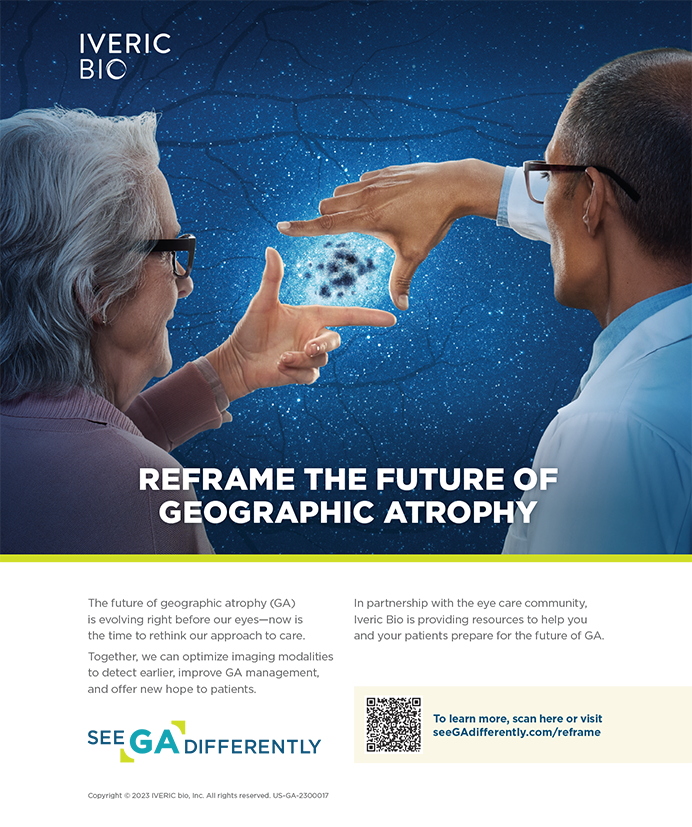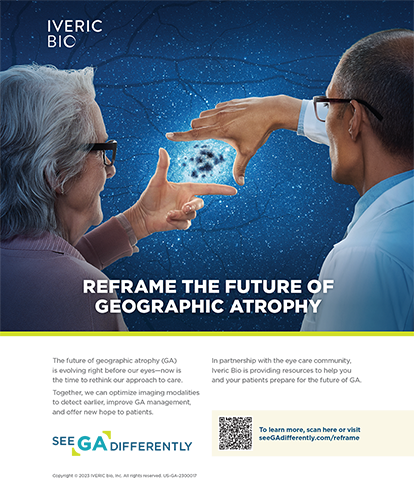What technology have you incorporated into your practice that makes the biggest impact on your patients’ experience?
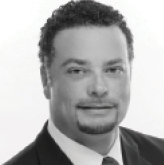
Quentin B. Allen, MD
Florida Vision Institute, Stuart, Florida
In 2019, incorporating the AcrySof PanOptix Trifocal IOL (Alcon) in my practice had the biggest impact and the biggest wow factor—not only for my patients, but also for our staff, and even the referring doctors in the community. Seeing the visual outcomes and patient excitement has energized and simplified our discussions around premium IOL technology.
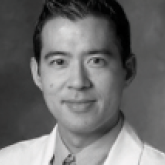
Robert T. Chang, MD
Stanford University School of Medicine, Stanford, California
We have incorporated the Stanford MyHealth App, which allows patients to view their own medical records and selected test results, make appointments, manage medications, and more. It also acts as a secure portal to improve communications among patients, physicians, and staff to share health-protected information and make documentation easy. This is a step toward a more connected and convenient, yet secure, data-sharing environment.
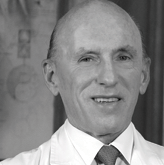
Jorge L. Alió, MD, PhD, FEBOphth
Vissum-Instituto Oftalmologico de Alicante, Spain
No. 1 is myopic SMILE. SMILE has demonstrated, in my hands, to be a superb refractive surgery technology for myopia, even though the technology is, in my opinion, still not completely developed. Despite the lack of adequate technological centration and rotational adjustment, I find it works just as well as LASIK. The immediate visual recovery, almost similar to that of lamellar techniques, is also a wonderful advantage. I love seeing patients on the day of surgery and then on the following days, and almost nothing has happened in the cornea. The lack of a flap is indeed a huge advantage in refractive surgery, and I believe that, once SMILE is developed for hyperopia and other refractive errors, it will be the refractive surgical technique of the future. I love to SMILE.
No. 2 is an accommodating IOL. Another technology that has impressed me is the new accommodating IOL, Lumina (Akkolens), as it offers me the possibility of recovering the long-sought-after achievement of accommodative pseudophakia. Patients recover their near vision capabilities extremely quickly, sometimes the same week as the surgery was performed. The lack of photic phenomena and the experience of real accommodation are outstanding for patients. I hope that this technology will be commercially available in the immediate future, as soon as the ongoing multicenter clinical studies have been completed.
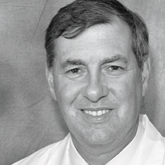
Eric D. Donnenfeld, MD
New York University, New York
The adoption of Veracity Surgical (Carl Zeiss Meditec) has made the biggest impact on our patient experience and refractive outcomes. We can now rapidly auto-populate our electronic health record system with all of the data generated during an office visit, document our conversations with patients, and verify our surgical planning—all on one system. Since beginning to use Veracity Surgical, my practice has increased the number of refractive cataract surgery procedures performed and improved outcomes, which has led to happier patients.
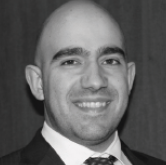
Fernando Faria-Correia, MD, PhD, FEBOS-CR
CUF Porto, Porto, Portugal
From a surgical standpoint, transepithelial PRK (Streamlight on the WaveLight EX500 platform, Alcon) improved my patients’ experience regarding laser vision correction. In addition to offering a faster and touchless procedure compared with other surface ablation options, transepithelial PRK enables outstanding visual and refractive outcomes and regularizes the anterior stromal surface.
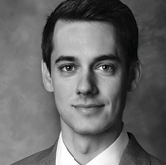
Brenton Finklea, MD
Vantage EyeCare, Philadelphia
The use of interactive video education material has become an invaluable source of standardized information delivery to my patients who are considering surgery. Graphics explaining the basic anatomy and steps of surgery help to demystify the process and provide patients with the knowledge that empowers them to make informed decisions. When coupled with a thorough preoperative physician discussion, video education improves patient satisfaction by garnering confidence in their treatment plans.
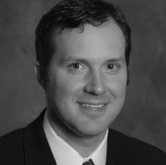
W. Barry Lee, MD, FACS
Eye Consultants of Atlanta, Georgia
Our biggest innovation for patients in my practice has been in ocular imaging. The use of tomography imaging systems has been a game-changer for refractive evaluations and for identification of patients with keratoconus who need CXL. The ConfoScan 4 (Nidek) has also been a huge referral device for patients needing endothelial cell analysis with endothelial keratoplasty or phakic lenses, corneal nerve imaging, or infectious disease diagnostic information. Retinal imaging with the Optomap (Optos) has been a great resource for documenting retinal appearance for referring doctors, comparing with future examinations, and showing patients their pathology to help them understand various disease processes.

Audrey R. Talley Rostov, MD
Northwest Eye Surgeons, Seattle
We started performing SMILE with the VisuMax femtosecond laser system (Carl Zeiss Meditec). It is an amazing laser—the most impressive femtosecond laser that I have worked with for cornea and refractive surgery. The patient experience with SMILE has also been great. The laser experience itself is much gentler due to the lower pressure rise created with the patient interface device as compared with other femtosecond lasers. We can now treat higher myopic refractions because less tissue is removed, in general, compared with LASIK, and patients appreciate the ability to return to work and other activities faster than would be possible with either LASIK or PRK.

Angie Wen, MD
New York Eye and Ear Infirmary of Mount Sinai, New York
One of the most useful tools that I have incorporated into my surgical practice is the use of the ORA System with VerifEye+ Technology (Alcon) for the confirmation of IOL power immediately after cataract removal, especially in patients who have had refractive surgery and patients receiving astigmatism-correcting toric lenses. Post-LASIK patients are often among the most demanding, as they have previously experienced great visual benefit from technology. Although our IOL prediction methods for post-LASIK patients are fairly accurate these days, it is still helpful to have real-time wavefront analysis of the eye during surgery. There have been instances in which the ORA recommended a lens adjustment that ultimately proved to be correct for the intended refractive result.
Additionally, we know that even a small offset in axis of astigmatism can result in a large residual refractive error and that there can often be parallax errors in marking and aligning toric lenses. The ORA device can be used to tweak the final positioning of the toric lens to ensure an optimal result.



